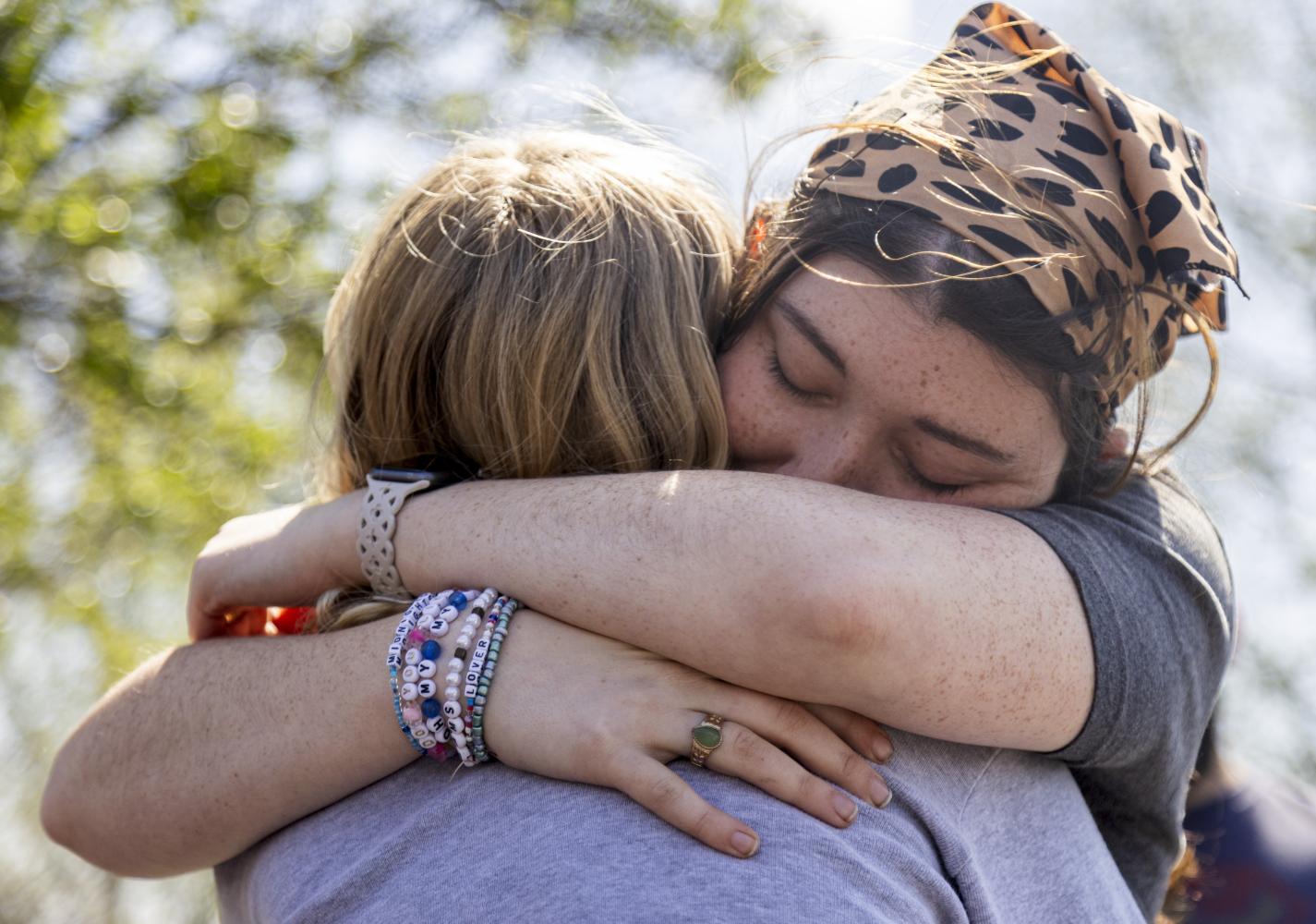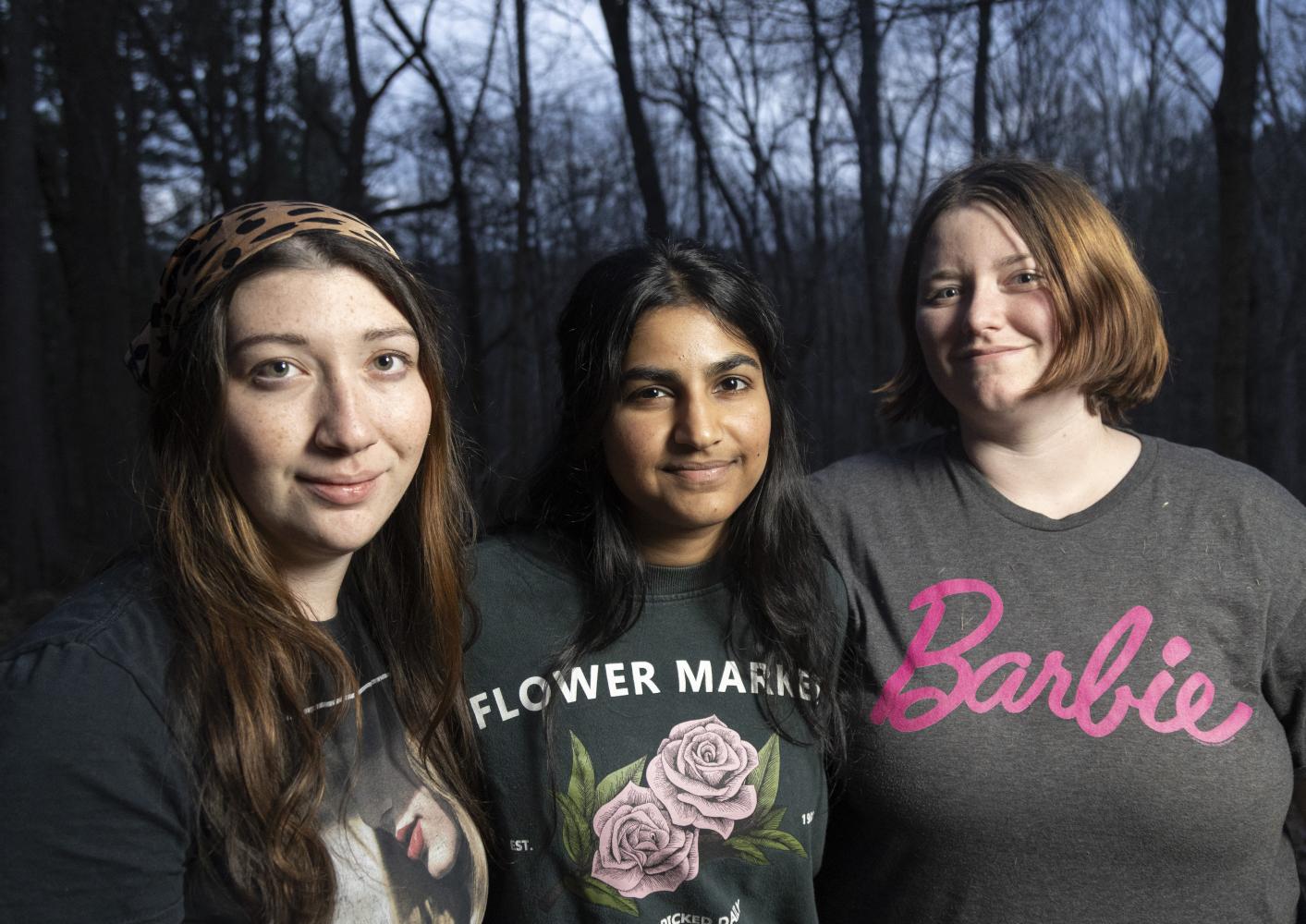On Monday, April 8, while many students were looking at the solar eclipse overhead, students of WKU’s extended reality lab realized the culmination of two years of work on their SunSketcher app.
Greg Arbuckle is a manufacturing engineering technology professor and the director of the WKU’s XR lab. He said that the project aims to map “Baily’s Beads,” or spots of light that appear around the moon’s edges during the beginning and end of totality, by allowing people to take pictures of the solar eclipse from wherever they are viewing it. He said the information gathered through the photos will help to understand more precisely where the edge of the sun is.
Arbuckle said he was approached two years ago by Gordon Emslie, a WKU professor in physics and astronomy. Arbuckle said that there was a total solar eclipse in Timor-Leste, and he wanted to use the event to beta test the app but couldn’t due to a lack of funding. He said that the project was put on hold for three months before NASA provided funding.
SunSketcher used an annular solar eclipse in Odessa, Texas, as a beta test in October 2023, Arbuckle said. He said the app had about 90 users for the test, and that the test proved the app would work.
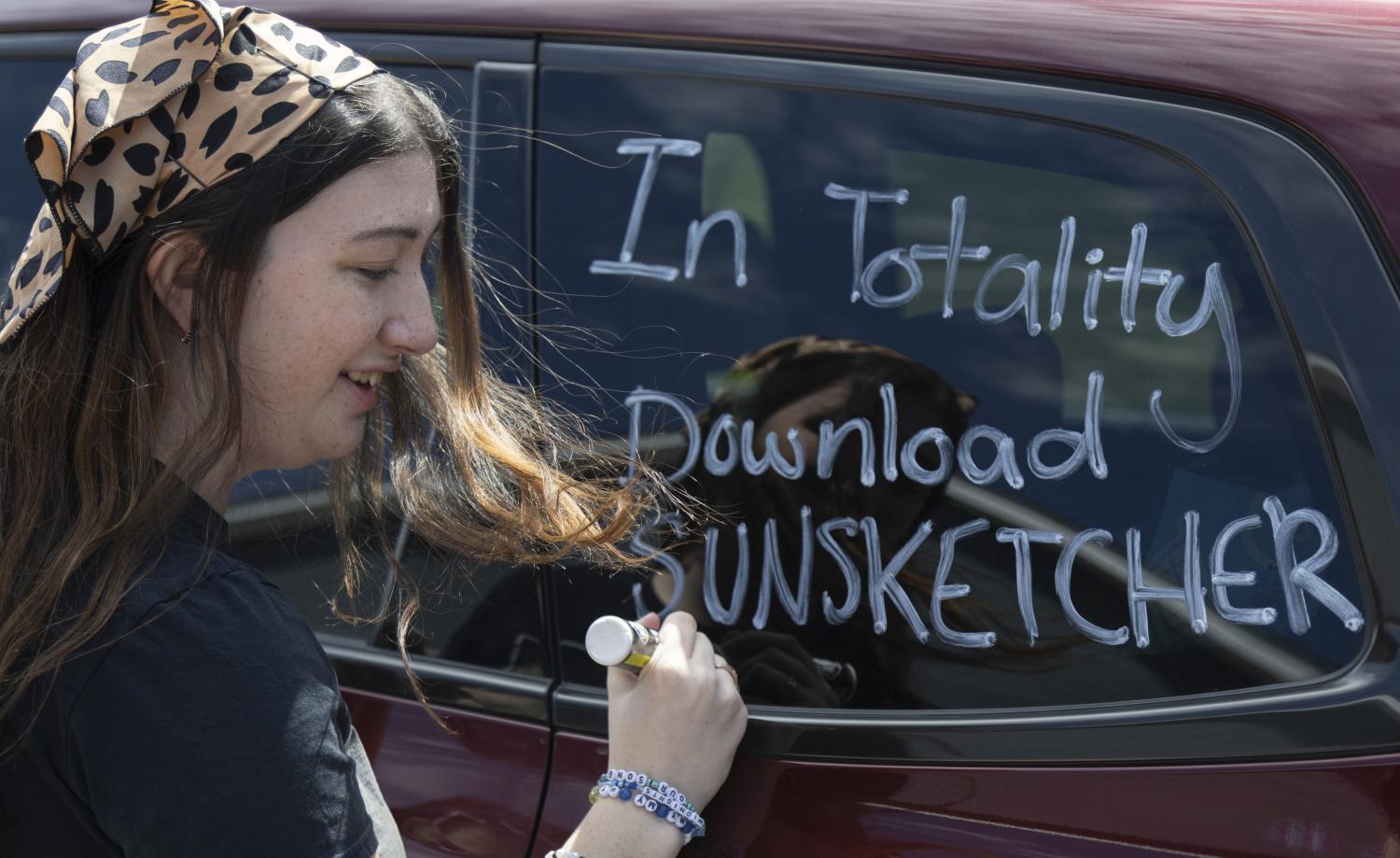
Lead database and networking developer Starr May, a junior from Versailles, started working with SunSketcher a little over a year ago. She said she was immediately hooked by the scientific aim of the project.
“They opened with, ‘So, you know, we don’t know how big the sun is.’ What do you mean we don’t know how big the sun is? It’s been up there this whole time,” May said.
May said that the current measurements of the sun are accurate within 1,000 kilometers, but SunSketcher could be part of the research to narrow that measurement even more.
“You see the sun everyday, and it’s still a mystery?” May said. “That’s incredible. How can you not be intrigued by that?”
May said she remembered learning about the 2024 eclipse when she was in the sixth grade.
“It was something that we have been talking about in the future tense forever,” May said. “It’s been in the back of my mind, and then I get this opportunity to work in the CS field, something I’m passionate about, related to something that’s so universal, so awe-inspiring.”
May said that since the eclipse happened in a limited timespan, photos of the eclipse were sent through the app quickly. She said it was her job to make sure that the program could handle so many pictures at once.
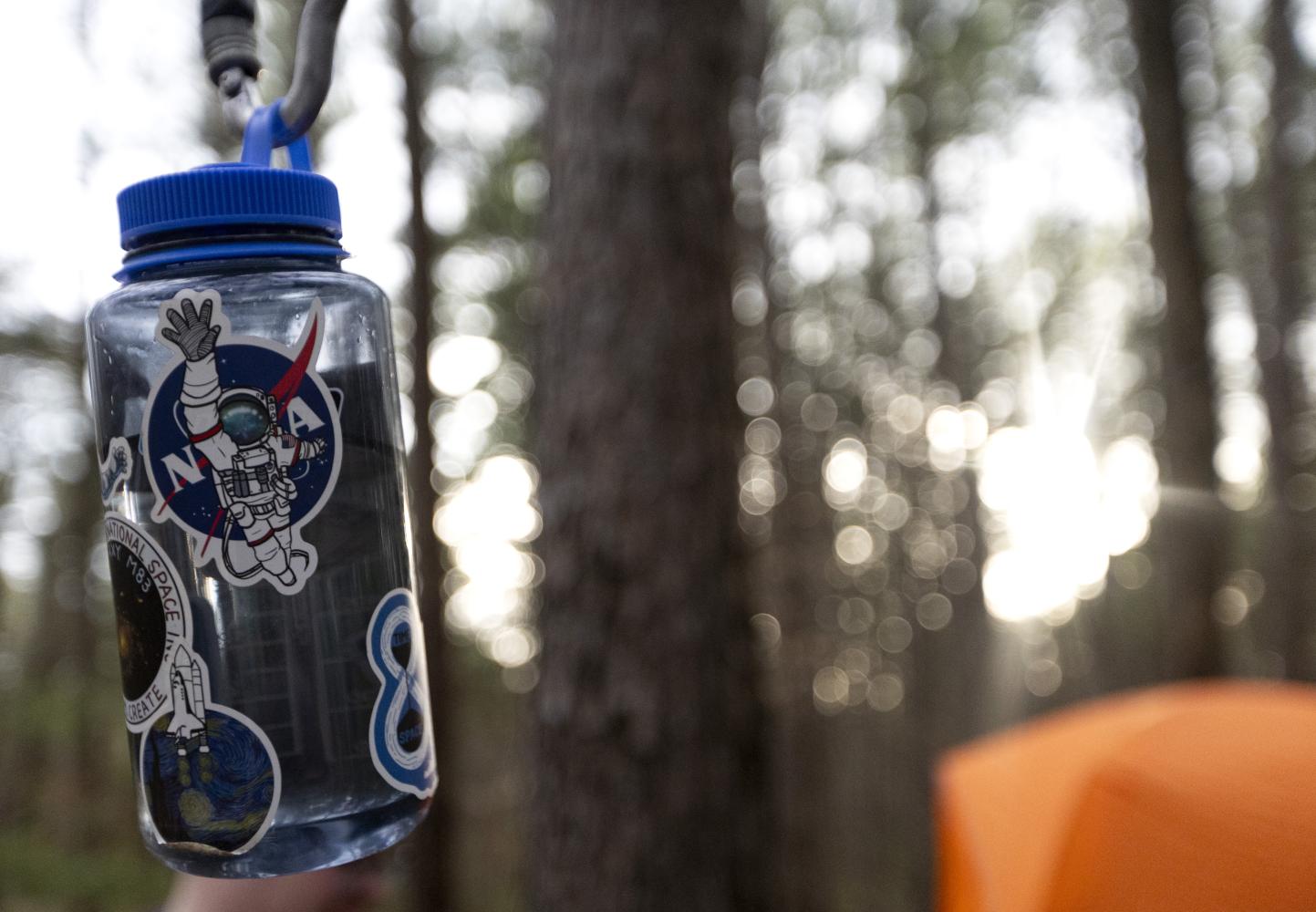
“My role really has in some ways just begun,” May said. “We’re still in the process of collecting all that data.”
May said the volunteers who downloaded the app were necessary to make it work.
“We as the developers, we do not have the power to make the big scientific observation,” May said. “You have to reach all these people and explain this nebulous scientific concept to them in a way that is easy to understand and will make people say, ‘Yeah, I can’t wait to do something like this.’”
May said she wants to continue working in software development after college.
“I feel like I’ve already hit a dream job in college,” May said.
Andrea Florence is a junior computer science major from Elizabethtown. She said she joined the team for the app’s beta testing and is a test engineer for the app, figuring out what potential issues may arise.
“If we expect it to do one thing, is it ever going to do something else? Is it running the way it’s supposed to?” Florence said. “If not, can I pinpoint where that problem is and help our developers fix it?”
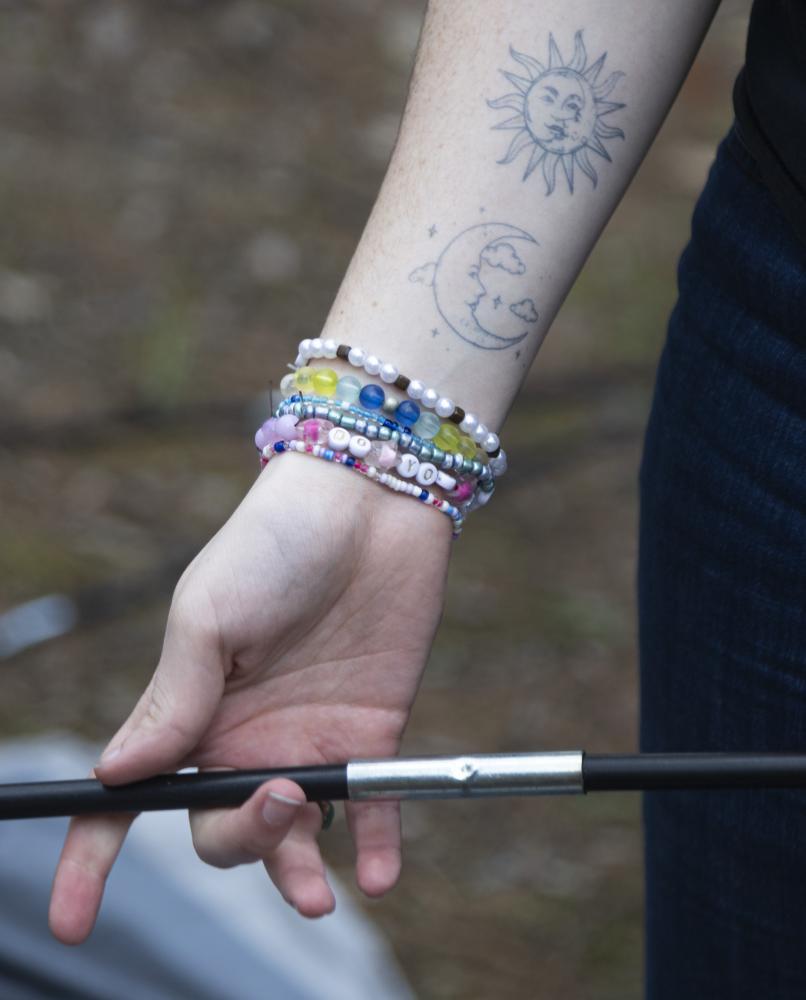
Florence said she worked with SunSketcher as a public relations specialist during the app’s launch. She said she reached out to high schools to see if students would be interested in participating.
While the app had been in development by WKU’s XR lab for two years, Florence said the group working on the app increased in number as this eclipse approached.
“The team grew exponentially last semester going into this semester, as we realized it was going to be an all-hands-on-deck thing,” she said.
She said after this eclipse, the team’s focus has shifted to an international release ahead of an August 2026 eclipse in Europe. She said the team now has to focus on international laws and translating the app into other languages.
Florence said that being a part of this project helped her realize that she wanted to be a project manager after college.
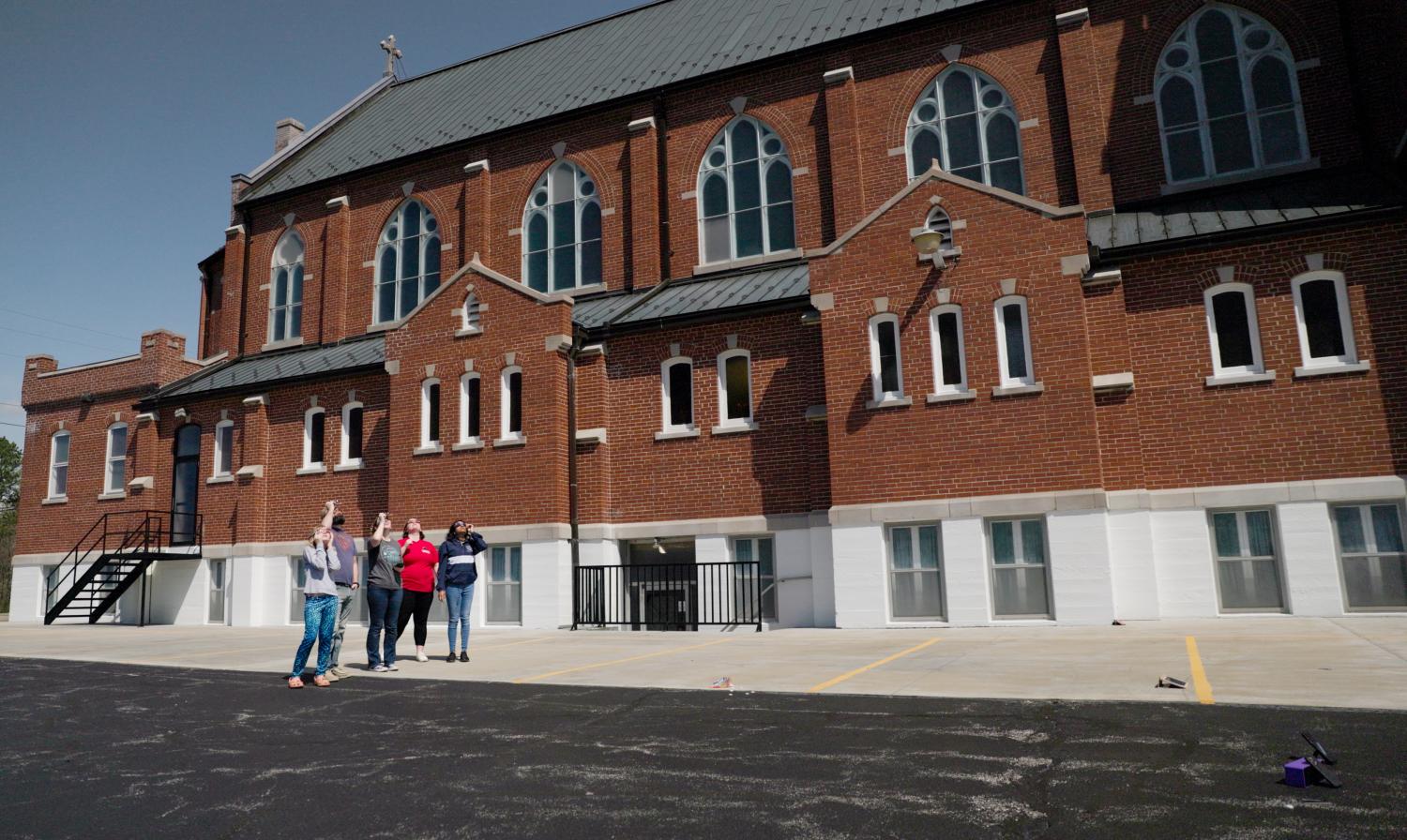
“Going into this project, I had started to question if I had made the right choice with my major,” Florence said. “It really cemented my plans for me and gave me a lot more confidence and self-assuredness.”
She said it was stressful to think of if the app was working correctly during the brief window of totality.
“You get two-and-a-half minutes. We got two and a half minutes of totality, and then everything’s done. It’s all out of my hands now,” she said.
Florence said this was not the first eclipse she had seen. She said she saw the August 2017 eclipse when she was a freshman in high school.
“I thought it was cool, but honestly, being more mature for this one and realizing that the stars literally have to align for this, and I was personally invested in this because of SunSketcher; this one felt more emotional to me,” she said.
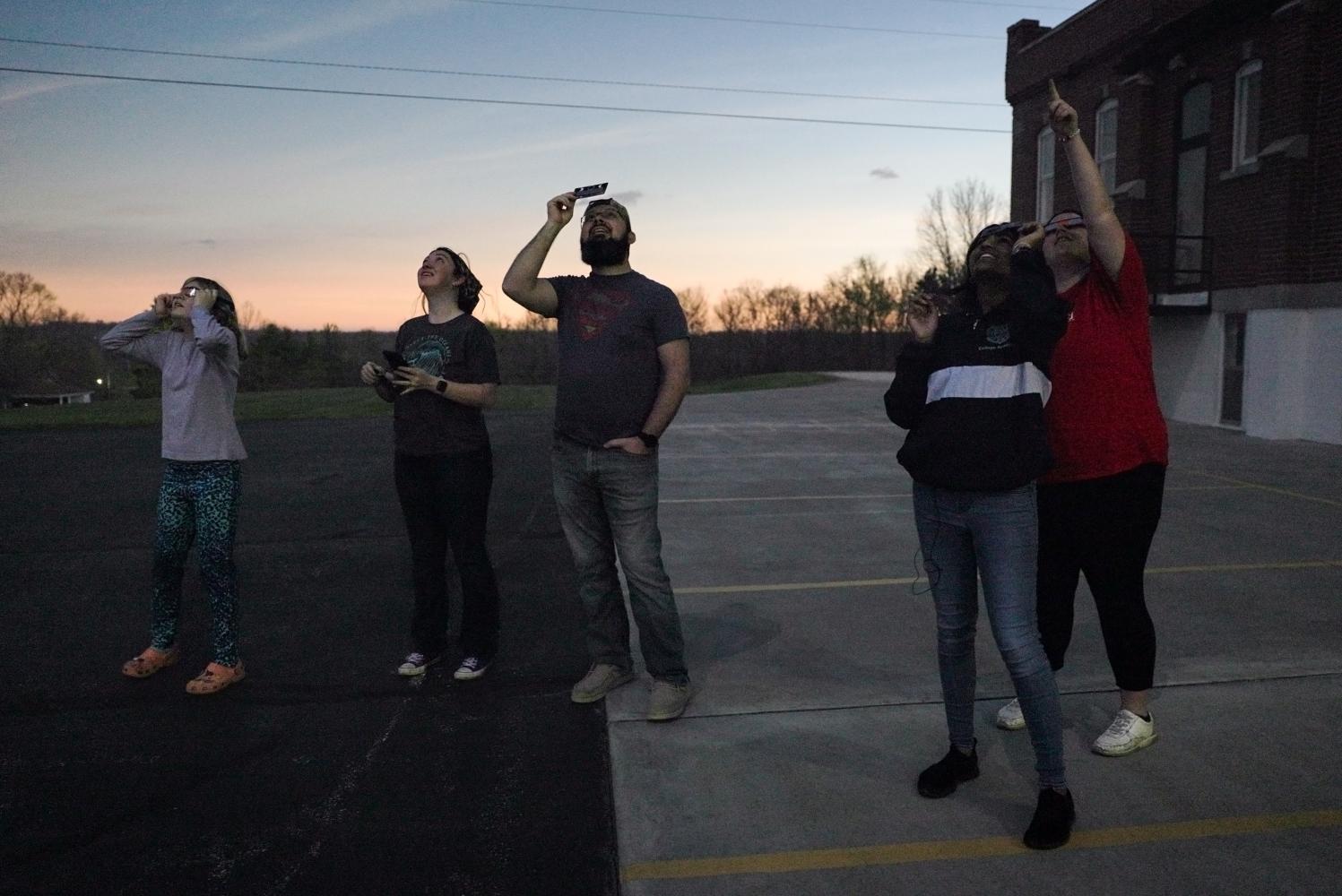
Travis Peden is a senior computer science major from Glasgow. He said that he has been working on the app for two years and is the lead Android developer for the app.
“I had never worked with it before this project, so it’s surprisingly a lot more reading than coding,” Peden said.
Peden said that a large part of working on the app is figuring out issues and why they are happening, such as making sure that the times for the eclipse’s arrival were correct.
Since he was studying computer science, Peden said he did not understand the astronomical calculations for when the eclipse would appear. He said a retired NASA employee who specialized in eclipses provided the calculations for the SunSketcher team to use.
“It’s given me valuable experience in figuring out how to do something in a new field completely from scratch,” Peden said.
Arbuckle said that this project is just getting started.
“We’re going to have to start looking at who’s going to start doing all the analysis to see if we actually managed to accomplish what we set out to do,” Arbuckle said.
Arbuckle said that the XR lab and the SunSketcher project are supposed to bring students from varying backgrounds to collaborate and learn.
“We wanted to create an interdisciplinary laboratory, interdisciplinary in the leadership, so it is a combination of faculty from the school of engineering, but also from Potter College and the department of art,” Arbuckle said. “It doesn’t necessarily have to be your field; you can bring something to that team.”
Arbuckle said that while he does not have a background in astronomy, he wanted to use this project as an opportunity to teach students.
“I don’t care about what size of shape the sun is, it’s up there, it gets hot, good, great. That’s all I need the sun to do,” he said. “But what this does is allow me to provide opportunities for students on this individual basis, because this is really where the education of students can take place.”
